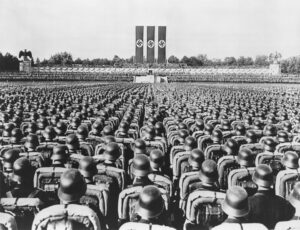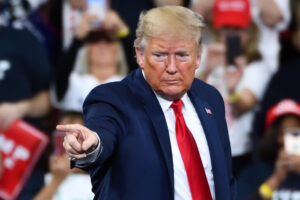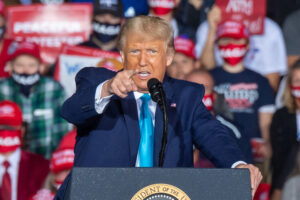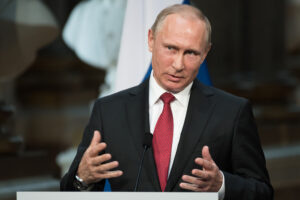
When’s the proper time to buy stocks in a slump?
From a historical point of view, the proper time to buy stocks is when the NBER decides when a slump starts. It might take the bureau a minimum of six months to determine if a stagnation period began, but usually, it takes much longer. The average post-WWII stagnation usually lasts 11.1 months.
Oftentimes, by the time the bureau finds a way to start the slump, it’s very close to the end already. Lots of times, investors anticipate the beginning of a recovery a long time before the NBER does, and stocks start to rise around the time of an actual economic turnaround.
For example, the Great Recession was declared on December 1, 2008, an entire year after it started. The slump ended in June 2009, while the bear market ended three months earlier, on March 6, 2009.
The ensuing bull market lasted over a decade. Most recently, the NBER decided the end of the Pandemic Recession on July 19, 2021, which is…you guessed, 15 months after it ended.
What’s the absolute best thing to do with your money during a recession?
First of all, you should pay off your credit card debt because if that debt charges 18% interest, it’s the rough equivalent of getting an 18% return on your investment, and you’re definitely not gonna get that from any other investment during a recession.
Bond prices usually rise in value during a slump, given that the recession isn’t sparked by rising interest rates.
What’s the best early warning sign of stagnation?
Probably more than the stock market itself, consumer confidence, or the index of top economic indicators, an inverted yield curve has been a solid forecaster of economic downturns. An inverted yield curve appears when short-term government securities, like the three-month Treasury bill, yield more than a 10-year Treasury bond.
This can only indicate that bond traders should expect weaker growth in the future. The U.S. curve has inverted many times before each slump that took place in the last 50 years, and there was only one false signal. The indicator worked for the Pandemic Recession too.
Does the Federal Reserve Cause Recessions?
It is not on Fed’s intention to start a stagnation, as part of its dual mandate is to keep the economy up and going. However, unfortunately, the other part of the Fed’s dual mandate is to keep inflation low.
The main cure for the case when inflation is soaring is higher interest rates, which at the same time, slows the economy. Back in 1981, the Fed hiked interest rates very high, that the three-month T-bills yielded above 15%. Those rates put the brakes on the economy and ended inflation.
If you enjoyed reading this article, we also recommend reading: Top 6 Economic Crises in the History of America







